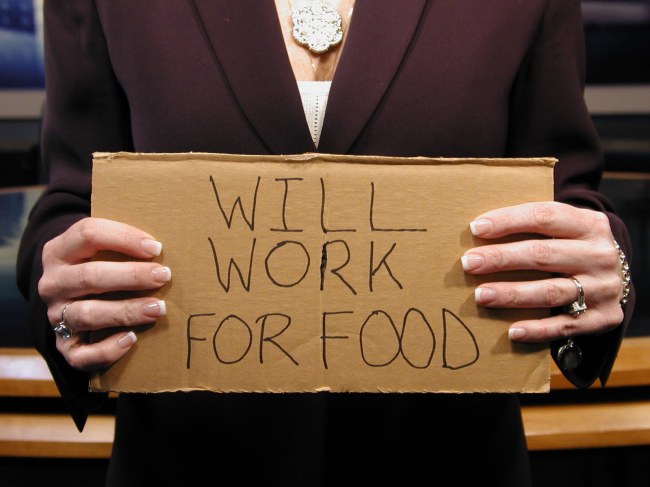I’ve never had the urge to celebrate successes. For me those mark the end of a road, rather than the beginning of another. I enjoy them, but I believe tooting my own horn about it is redundant. Failures on the other hand are another story. I love them, and as of lately, they seem to love me back.
In my modest experience both as a human being and as a struggling consultant, there is no balance between good and bad things that happen to you on daily basis. It’s either raining frogs, or every problem you have miraculously sorts itself out in a blink of an eye. And I wouldn’t have it any other way, because balance is boring.
Balance = comfort zone = no growth (both personal & professional)
We all welcome the good times, but how we get back on the horse after a fall is what truly defines our capabilities and motivations. When it comes to business, here’s some of my tips for getting out of the rut:
1. Never doubt yourself – constantly repeat to yourself that you believe in your skills and that you are 110% committed to achieving your goal. Sometimes it’s harder, because people will try to put you down, but you can’t let a random individual define you.
2. Make sure you find the right people along the way – support systems are crucial when you are starting your own thing. Even though you always need an objective opinion, sometimes the ‘mommy’ appraisal gives you the extra push you need to keep going.
3. Select your partners very VERY carefully – think you can make it on your own? Great! If not, make sure you take the time to find the right partner. And if you find yourself in a scenario where you thought you had one, but things go south, don’t be afraid to let go. It’s just business. Look up and move forward.
4. Dream big, but scale with a realistic pace – dreams are sometimes what truly keeps us in the race. However, don’t make the mistake of having 20 great ideas that just rot around in your brain. Pick 1 or 2 and focus all your energy in realizing them. If that doesn’t pan out, at least you have a list of 18 more to try out.
 5. Don’t be afraid to be yourself – a lot of people start doing their own thing because they saw a model that works and think they can duplicate it at their local market. Do something you are truly passionate about and the model will build itself around that.
5. Don’t be afraid to be yourself – a lot of people start doing their own thing because they saw a model that works and think they can duplicate it at their local market. Do something you are truly passionate about and the model will build itself around that.
6. Network, network, network – worn out, but can’t emphasize it enough. You can’t expand your contacts, potential clients, etc. if you’re not out there mingling. Put your best smile forward and see what happens. I guarantee you’ll be surprised.
7. Have your priorities straight – especially when dealing with clients, you have to have a defined working model or a plan of action, because without one, you end up losing your focus of the big picture and end up wasting time solving irrelevant minor details.
8. Play a little make-believe – I am young enough as it is, so when I am trying to book a new client, there is no room for doubt. I make sure the client knows I mean business and if I have to exaggerate a bit to grab their attention, so be it. Earn your respect.
And if all of the above don’t work, sometimes I just look at myself in the mirror and say enough is enough to snap myself out of it, only to come out stronger. That’s why I’d take raining frogs over unicorns and rainbows any day!
xo,
Teddy T







